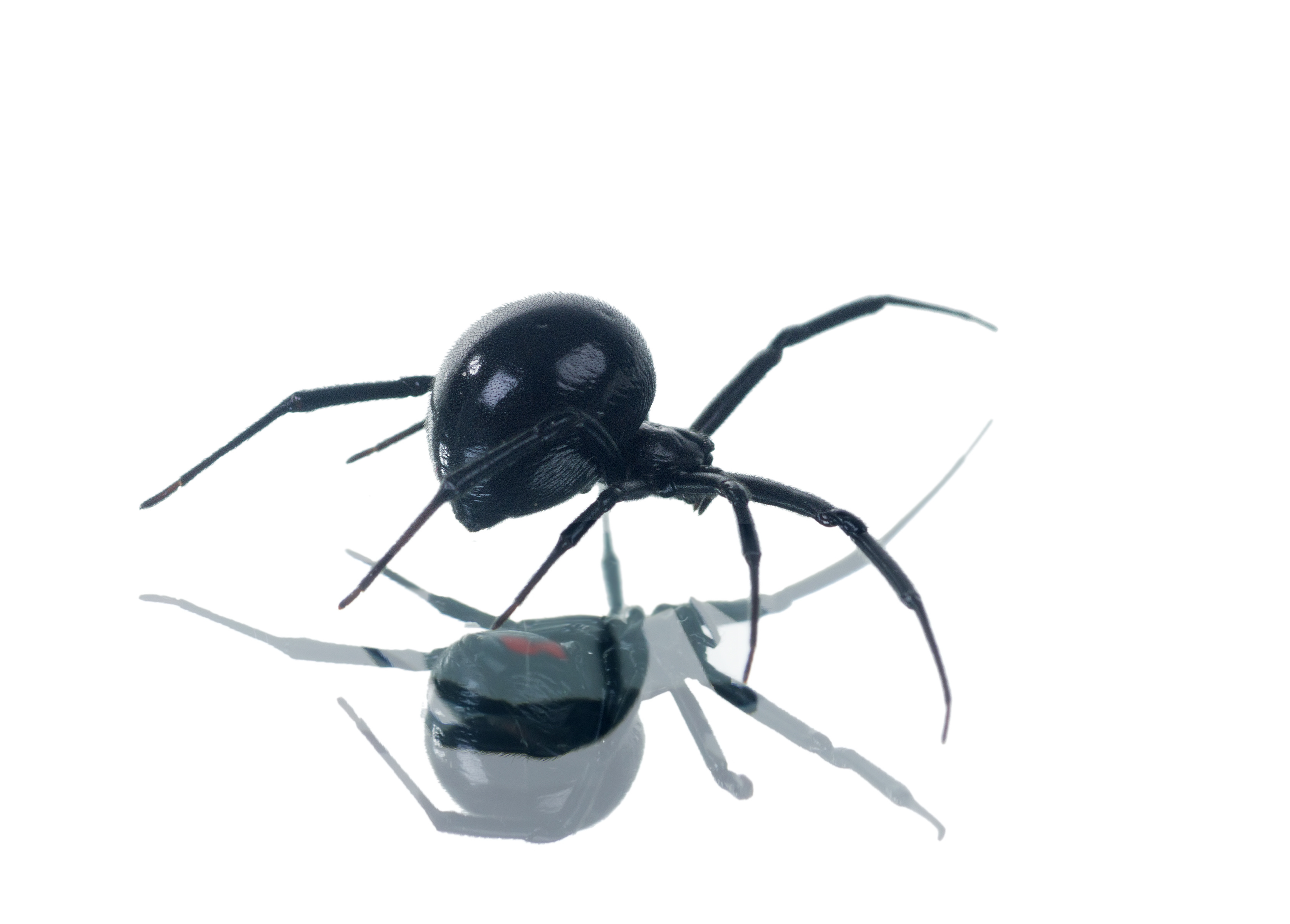How to Identify Venomous House Spiders
What’s your first impulse when you see a spider scurrying around in your home? Do you scream in fear and hide? Do you reach for your slippers or for a can of anti-bug spray and try to get rid of the spider by yourself?
Fear of spiders is fairly common, which is quite unfortunate considering the fact that many species of spiders are harmless. Some species are even helpful, aiding people in getting rid of harmful pests like fleas, flies, and bed bugs.
In most cases, the fear of spiders stems from the fact that people cannot tell the difference between spiders that are harmless and those that are venomous.
Here’s how to identify venomous house spiders, according to a trusted Modesto pest control company:
The top three species of spiders that people have to be wary about are the black widow, the brown recluse, and the hobo spider. Here’s a brief description of these three venomous spiders.
Black widow
Among the three, the black widow is one of the easiest to identify due to its red markings on its undersides. Those markings can vary in shape and size, ranging from an hourglass shape to a dot.
Compared to the female, the male black widow is smaller in size and less venomous. Also, the males are thinner and are either gray or mottled brown in color.
These spiders are evenly distributed around the country and prefer to dwell in areas where there is a steady supply of heat and food. Usually, black widows hide in dark areas.
Brown recluse
Compared to the black widow, the brown recluse can be a bit trickier to identify.
This spider has a violin-shaped body which tapers to the head. Unfortunately, many other species have the same shape. What truly sets this spider apart from similar-looking spiders is that it has six rather than eight eyes.
The brown recluse prefers dark, warm and quiet spaces. And as such, this spider is rarely found beyond the west of the Rocky Mountains. This also makes the spider difficult to find, since it prefers to hide.
Hobo spider
Many reported brown recluse bites can actually be attributed to the hobo spider. The reason behind this is that the brown recluse and the hobo spider look similar. Plus, the bite patterns of the two also look alike.
But unlike the brown recluse, the hobo spider has a mottled color and herringbone patterns located on the abdomen. Another key difference between the two are the hairier legs of the hobo spider.
The hobo spider was introduced to America via the Port of Seattle from Europe around the 1820s. Eventually, the spider spread to the northwestern part of the country up to Western Canada.
Now that you know how to identify venomous house spiders, contact your local pest control company in Stockton if you suspect one of these spiders are in your home. Prevention is very important, AAI Pest Control can help you prevent many different unwanted insects from getting in your home.
How to Identify Venomous House Spiders Professional Pest Control Services in Tracy CA
Serving

